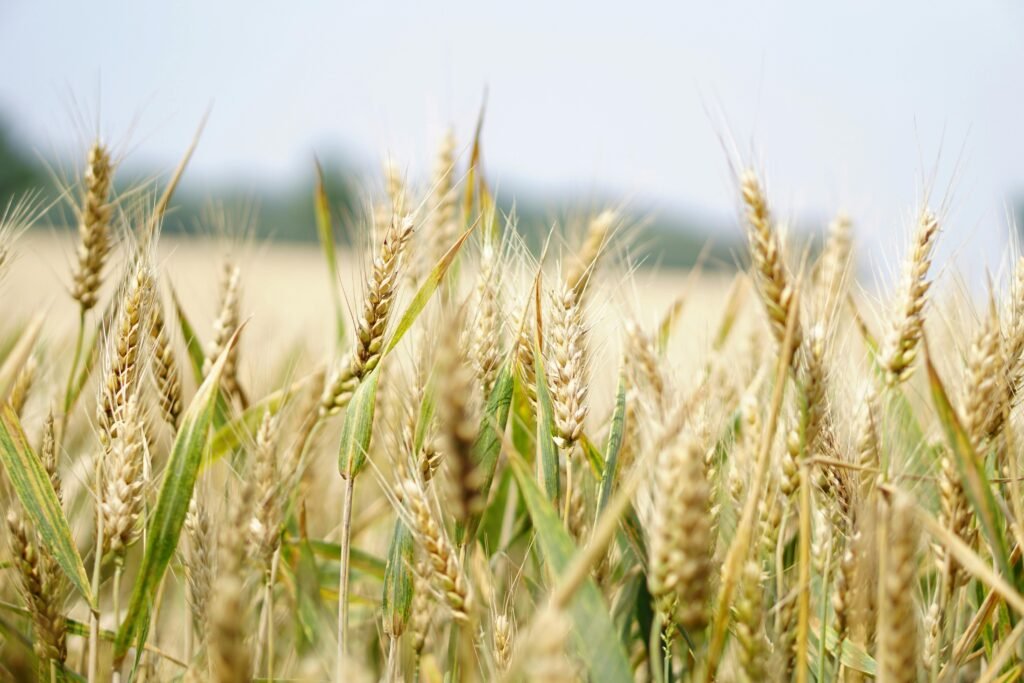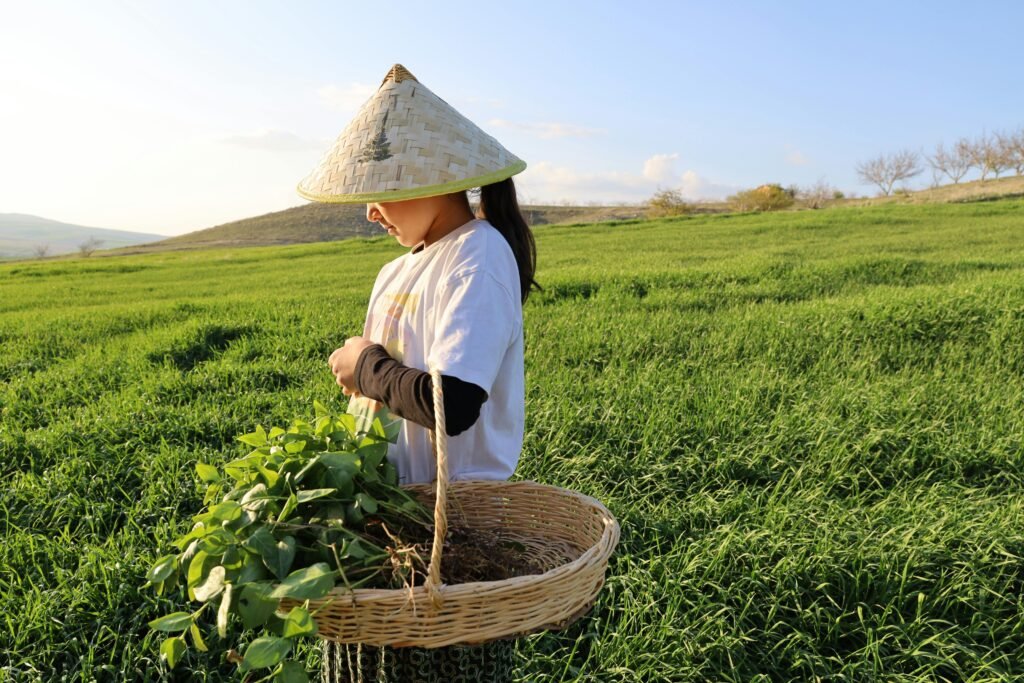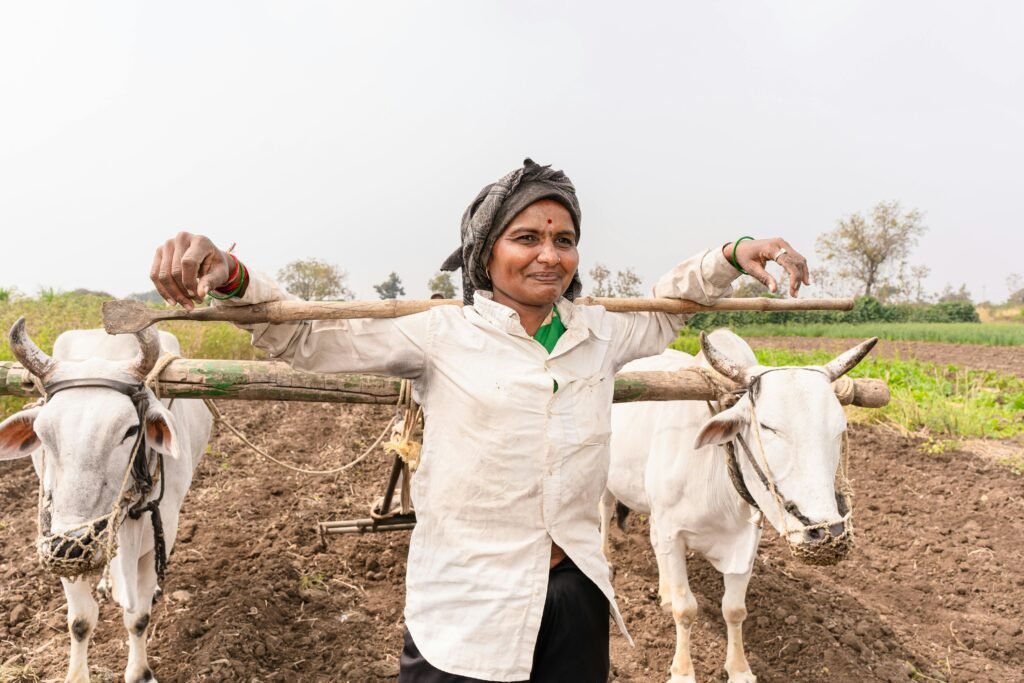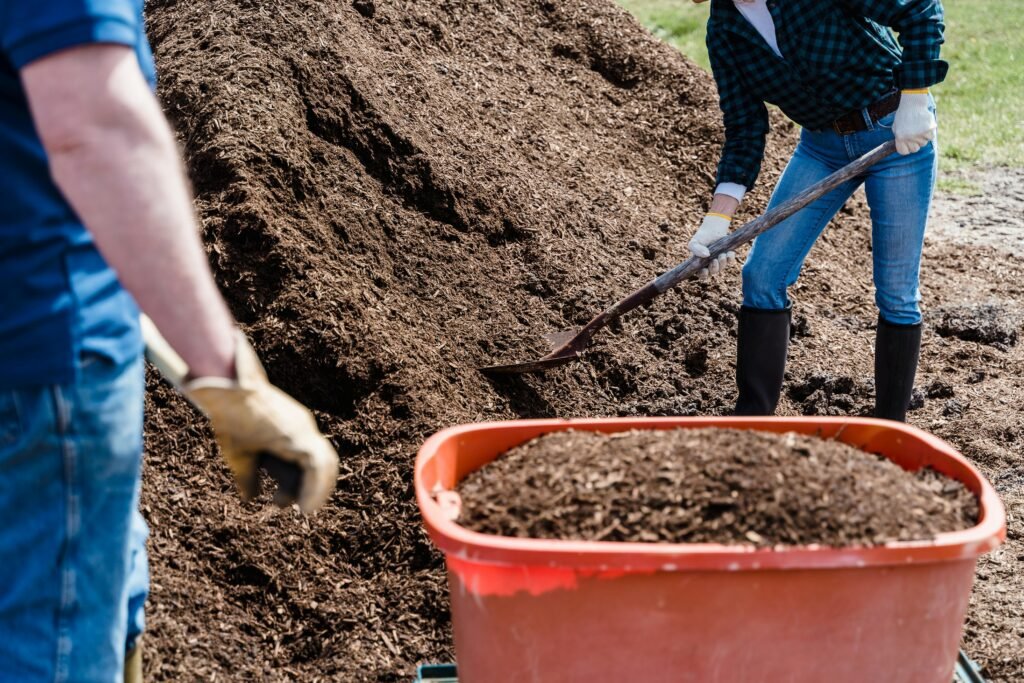🌾 Introduction
Wheat cultivation in India is a key part of the agricultural landscape, especially in northern states like Punjab, Haryana, Uttar Pradesh, and Madhya Pradesh. As the second most important cereal crop in India after rice, wheat contributes significantly to food security and farmer income.
This blog provides a complete guide on wheat farming in India, including ideal sowing time, climate, soil preparation, seed varieties, irrigation techniques, and yield-boosting tips.
📍 Suitable Conditions for Wheat Cultivation
✅ 1. Climate for Wheat Farming
Wheat is a rabi crop, grown in cool, dry weather.
Ideal temperature: 20°C to 25°C during growing and 14°C to 16°C at maturity.
Wheat is sensitive to frost and excess rainfall.
✅ 2. Best Soil for Wheat
Loamy or clay loam soils with good drainage are ideal.
Soil pH between 6.0 and 7.5 is considered best.
Avoid waterlogged or acidic soils.


🌱 Land Preparation
Plough the land 2–3 times to ensure fine tilth.
Use a rotavator or cultivator for leveling.
Add organic manure or farmyard compost before sowing.
Perform deep ploughing during summer to destroy weeds and pests.
🌾 Best Wheat Seed Varieties in India
✔ Popular High-Yield Wheat Varieties:
HD 2967 – Widely used in North India
PBW 343 – Suitable for Punjab and Haryana
Lok-1 – Ideal for Central India
HI 1544 (Purna) – Suitable for late sowing
DBW 187 (Karan Vandana) – High resistance to rust


📅 Wheat Sowing Time in India
Northern India: Mid-October to late November
Central & Western India: October to early December
Late sowing can reduce yield, so follow the recommended sowing window for your region.
🌾 Seed Rate and Sowing Method
Seed rate: 100–120 kg per hectare
Use seed drills for uniform depth and spacing
Maintain row spacing of 20–22 cm
Seed Treatment:
Treat seeds with fungicides (e.g., Thiram or Bavistin) to prevent soil-borne diseases.
Optional: Biofertilizer treatment with Azotobacter or PSB (Phosphate Solubilizing Bacteria)


💧 Irrigation in Wheat Farming
Wheat requires 4–6 irrigations during its growth cycle.
Critical irrigation stages:
Crown Root Initiation (CRI) – 20-25 days after sowing
Tillering Stage
Booting Stage
Heading and Flowering
Milking and Dough Stage
Avoid water stress at CRI and flowering stage for better yield.
🐛 Common Wheat Pests & Diseases
Major Issues:
Rust (Brown, Yellow, and Black)
Powdery mildew
Loose smut
Aphids and termites
Solutions:
Use resistant varieties.
Spray Mancozeb or Propiconazole to control fungal diseases.
Follow crop rotation and proper field sanitation.


🌿 Fertilizer Management for Wheat
NPK dose: 120:60:40 kg/ha (Nitrogen, Phosphorus, Potassium)
Apply half Nitrogen + Full P + Full K at sowing.
Remaining Nitrogen in two splits at CRI and tillering stages.
Add zinc sulphate (25 kg/ha) if deficiency is observed.
📈 Tips to Increase Wheat Yield
✅ Choose certified high-yield seed varieties
✅ Maintain timely sowing and correct seed depth
✅ Ensure balanced fertilization and timely irrigation
✅ Control weeds with pre-emergence herbicides like Pendimethalin
✅ Adopt zero tillage or conservation agriculture for better soil health


🧮 Average Yield and Profitability
Average yield: 3–4 tons per hectare (can go up to 5–6 tons with advanced techniques)
Wheat is generally a low-risk, high-return crop when managed properly.
Government agencies like FCI provide MSP for wheat, making it a reliable cash crop.
✅ Conclusion
Wheat cultivation in India is a time-tested and profitable venture for small and large farmers alike. By following best practices in soil preparation, seed selection, irrigation, and pest management, farmers can significantly increase wheat yield and achieve better income.
Start planning your wheat farming with proper guidance, and reap a golden harvest this rabi season! 🌾
